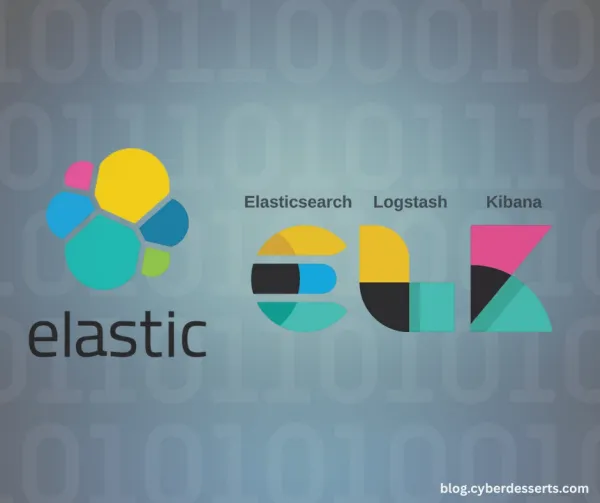Writing An Acceptable Use Policy For AI - And What to Put In It
TL;DR: Only 10% of companies have a comprehensive AI policy in place (Security Magazine). Where do you start with writing an acceptable use policy for ai ?

The Shadow AI Problem
Your employees are already using AI whether you've approved it or not. The numbers tell the story:
- 38% of employees share sensitive work data with AI tools without employer permission (CybSafe & National Cybersecurity Alliance)
- 75% of shadow AI users admit to sharing data that could put their companies at risk (Cybernews)
- AI hallucinations occur in 3-10% of responses, with some reasoning models reaching 33-48% error rates (Vectara/OpenAI)
- 52% of employees have received no training on safe AI use (CybSafe)
- AI security incidents nearly doubled from 27% in 2023 to 40% in 2024 (Microsoft)
The data being shared isn't just a sales pitch to send in an email, it includes customer information, internal documents, legal and financial data, and proprietary code. Without clear policies, well-meaning employees inadvertently create compliance violations and security risks it now becomes very important to start with writing an acceptable use policy for AI, if you don't have this.
Why Traditional IT Policies Aren't Enough
Your existing acceptable use policy probably covers email and internet usage. But AI introduces unique risks that generic policies don't address: data becoming part of training datasets, intellectual property ownership questions, algorithmic bias, and compliance with regulations like GDPR and HIPAA.
Organizations with comprehensive AI security measures see breach costs $1.9 million lower than those without proper controls (IBM). The cost of inaction is real.
Policy Without Enforcement Fails
Here's the truth: 65% of organizations admit their employees use unsanctioned AI apps (Microsoft). A policy document sitting in SharePoint won't stop that behavior.
Effective AI governance requires both policy and technical controls working together. Organizations that combine clear policies with enforcement mechanisms like Data Loss Prevention (DLP) tools, Cloud Access Security Brokers (CASB), and activity logging can actually prevent sensitive data from reaching unauthorized AI platforms rather than just discovering breaches after the fact.
Think of it this way: your policy tells employees what not to do; your technical controls make it harder for them to do it accidentally.
What Belongs in Your AI Acceptable Use Policy
| Policy Element | What to Include |
|---|---|
| Approved Tools | List of authorized AI platforms; enterprise vs. public tools; approval process for new tools |
| Data Protection | Types of data prohibited in AI tools (PII, confidential info); deidentification requirements; data training permissions |
| Acceptable Use | Permitted uses (drafting, brainstorming, research); Prohibited uses (automated decisions, regulated data processing) |
| Human Oversight | Verification requirements for AI outputs; accountability for AI-influenced decisions; bias review mechanisms |
| Technical Controls | DLP monitoring; activity logging; CASB/browser controls; regular usage audits |
Start with proven templates like ISACA's customizable AI Acceptable Use Policy and adapt to your organization's needs.
Getting Started: A Practical Approach
Don't let perfect delay good. Here's how to deploy a policy quickly:
- Assess current state - Take our AI Security Maturity Assessment to identify gaps
- Use existing templates - Start with ISACA or industry-specific frameworks
- Involve stakeholders - Include IT, legal, compliance, and business units
- Start simple - Focus on your top three use cases and risks first
- Deploy with training - Clear communication on approved tools and safe practices
- Iterate quarterly - AI evolves fast; your policy should too
Summary
With close to 80% of organizations now using AI in at least one business function, up from 55% a year earlier (McKinsey) make sure your AI Acceptable Use Policy is in place or updated.
But that's only the start. A robust AI security strategy goes beyond just governance and policy. It requires a holistic approach adopting best practices that can be defined as four critical domains:
- Governance & Policy - Do you have an AI Acceptable Use Policy?
- Technical Controls - Can you detect and prevent unauthorized AI usage?
- Data Handling - Are employees trained on what data should never enter AI tools?
- Employee Awareness - Is your team equipped to recognize AI Security risks?
Your AI Acceptable Use Policy is the foundation of the governance domain, but it only works when integrated with technical controls, proper data handling practices, and employee awareness programs. Organizations that treat these domains as interconnected (not isolated initiatives) are the ones that see real success.
Ready to see where you stand across all four domains? Take the free AI Security Maturity Assessment for a comprehensive view of your AI security posture and personalized recommendations based on these four domains.
Key Resources:
- ISACA AI Acceptable Use Policy Template
- Google: How to Craft an Acceptable Use Policy for Gen AI
- Gen AI Governance: 10 Tips to Level Up Your AI Program
References:
- Security Magazine (2023). "10% of organizations have a formal AI policy in place." Based on ISACA survey data.
- CybSafe & National Cybersecurity Alliance (2024). "Oh, Behave! The Annual Cybersecurity Attitudes and Behaviors Report 2024." Survey of 7,000+ individuals across US, UK, Canada, Germany, Australia, India, and New Zealand.
- Cybernews (2024). Shadow AI usage and data sharing statistics.
- Vectara (2024-2025). AI Hallucination Leaderboard. Ongoing evaluation of LLM accuracy and hallucination rates.
- OpenAI (2025). PersonQA Benchmark results showing hallucination rates in reasoning models (o3: 33%, o4-mini: 48%).
- Microsoft (2024). "Data Security Index 2024." Survey of 1,300 security professionals.
- IBM (2025). "Cost of a Data Breach Report 2025."
- McKinsey (2024). "The State of AI." Global survey of 1,491 participants across 101 countries.



